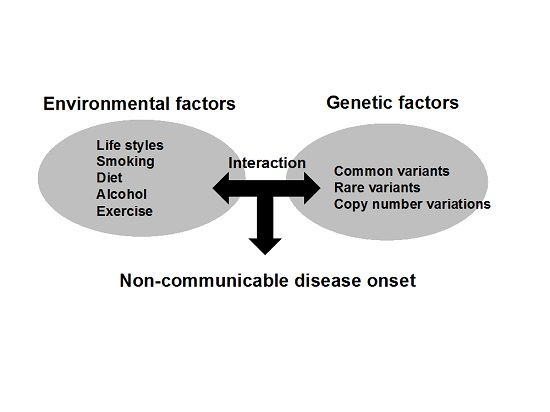Environment-Gene Interactions-Nursing Examples
Understanding the effects of environment-gene interactions is integral in preventing heart disease since it helps in developing and implementing preventive mechanisms to reduce exacerbation of the effects. For instance, prior knowledge about the effect of TTN mutations on dilated cardiopathy can help inform behavioral changes, such as regular exercise to reduce TTN gene expressions, preventing early development of the heart condition (Hershberger et al., 2021) (Environment-Gene Interactions-Nursing Examples).

It can also inform gene sequencing among other family members to determine their risk of diseases and enroll them to the preventive intervention (Sinagra et al., 2019). The knowledge can enhance precise assessment of the influences of environment-gene interactions, including prediction of the disease rates and prevention (Environment-Gene Interactions-Nursing Examples).
References
Hershberger, R. E., Cowan, J., Jordan, E., & Kinnamon, D. D. (2021). The complex and diverse genetic architecture of dilated cardiomyopathy. Circulation Research, 128(10), 1514-1532.https://doi.org/10.1161/CIRCRESAHA.121.318157
Sinagra, G., Merlo, M., & Pinamonti, B. (2019). Dilated cardiomyopathy: From genetics to clinical management. Springer Nature. Doi: 10.1007/978-3-030-13864-6
Topic 1: Genomics DQ2
The heredity effects of radiation mutations are not clear based on previous studies, which makes it difficult to see radiation-related mutations in families. For instance, Nakamura et al. (2023) observe that the victims of previous atomic bombing in Japan sired normal children, irrespective of exhibiting cancer-related radiation. This means that biological factors like increased risk of miscarriage after irradiation and low oxygen levels in the human microenvironment prevent the heredity potential of radiation-related cancers. These factors reduce the potential of siring children with abnormal DNA sequences, caused specifically by radiation alone (Environment-Gene Interactions-Nursing Examples).
Reference
Nakamura, N., Yoshida, N., & Suwa, T. (2023). Three major reasons why transgenerational effects of radiation are difficult to detect in humans. International Journal of Radiation Biology, 1-15.https://doi.org/10.1080/09553002.2023.2187478
